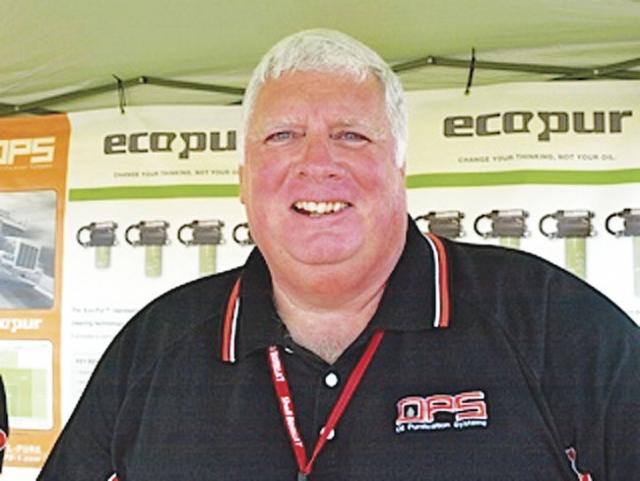Understanding Oil Contaminants

In 17 years with Oil Purification Systems I have learned that when you tell people that oil itself does not breakdown (that it becomes contaminated and the additive package depletes due to acid formation, heat and liquid contaminants), that only a few people that will believe that by removing the contaminants the oil life can be extended.
At this year’s
trade shows, I witnessed owner operators who grasped the concept and have
extended oil drains over 200,000 miles or more.
It is challenging to explain this to potential OPS customers only to be
met with “oil breaks down”, “oil is cheap” “you are only saying that to help
them sell their system” etc. The
frustration I see on the faces of those who get it and are only trying to help
explain their own experiences to open the eyes of the non-believers would fill
volumes. All I can say to the believers is not everyone is capable of “changing
their thinking instead of their oil” and thank you for your support.
For the
non-believers read on and maybe you will become enlightened.
Modern diesel
engines are designed to operate with tolerances between 10 to 22 microns to
allow for oil film and additives to prevent metal to metal wear. That means particles in the 10 to 22-micron
size range are most likely to damage engine parts when they become trapped
between the moving parts that are under load forcing oil film to collapse
etc.
Particulates
smaller than 10 microns will pass through the clearances without causing any
damage or wear to the load bearing surfaces and will actually polish the
surfaces. Controlling the abrasive contaminants in the range of 10-22 microns
in lube oil is necessary for controlling engine wear.
Standard full
flow filters cannot remove particles below 20-40 microns as this would restrict
oil flow, starving engine and reducing flow rate required to lubricate and cool
the engine components.
A bypass type
filter will allow a small amount of oil to pass through a much finer 2-5-micron
filter media without affecting the normal lubricating system etc. This allows
filtration levels that will remove all the wear damaging causing particulates.
Controlling the damage causing particles will increase engine life by virtually
eliminating wear.
The oil however
can still cause wear damage to an engine in the form of acid, oxidation, and
corrosion that will pit parts, breakdown seals and gaskets causing internal
engine damage. The oil is formulated to counter the effects of acid formation
but a system that removes the water through evaporation of water, a key
ingredient in acid is the best way to prevent this type of damage.
You could change
oil every day or so to increase engine life, but this would not be practical or
cost effective in the long run. Keeping the oil clean while the engine is
operating is the key. Using a fluid cleaning technology that removes all the
damaging solid and liquid contaminants from oil is the best solution.
If you do not
have a bypass system capable of filtering out the solid contaminants to the
under 10-micron level, get one installed. If you do not want to extend oil drains,
you will still reduce engine wear and extend useful engine life. Start an oil
sampling program and find out what is really happening in your engine. It is
low cost and reaps massive benefits.
If you want to
extend oil drains, you will have the knowledge and confirmation of oil quality
received from the samples. You can slowly increase drains if you wish. If not, you will still have a better running
engine. However, it is recommended that you use a system that removes solid and
liquid contaminants for the best protection for your engine, if extending oil
drains is your ultimate goal.
If you have any
questions you would like to see answered in this column, please email me at
[email protected]
